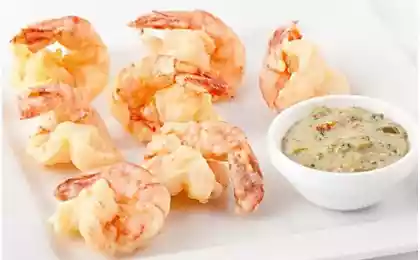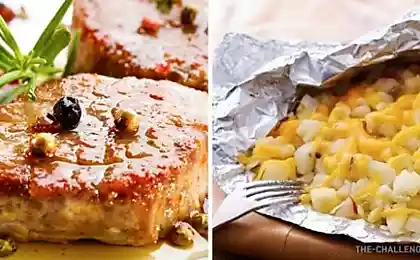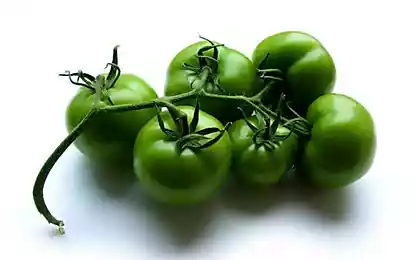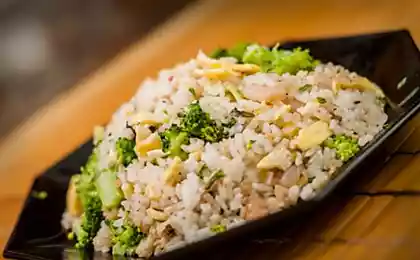165
Bioplastic in chitin crevetok+video
More than 300 million tons of plastic are produced annually, but only about 3% of plastic waste is recycled. Plastic garbage, packaging and bottles are simply thrown away and will pollute the environment for centuries to come. In the North Pacific alone, fish absorb 24,000 tons of plastic each year.
Bioplastics, a green alternative to petroleum-based plastics, contain some form of plant-based materials, but even green plastics often do not fully decompose in landfills. Researchers at Harvard’s Wyss Institute for Biologically Inspired Engineering may have solved this problem by proposing a new technology to make bioplastics from shrimp shells that decompose completely in nature.
Chitosan - a form of chitin - is the main component of the shells of crustaceans, insects, butterfly wings and one of the most common organic materials on our planet. Most of the available chitin in the world is found in shrimp shells, which are sometimes used in fertilizers, cosmetics or dietary supplements.
“Small crustaceans in zooplankton alone produce a billion tons of chitin per year,” said Javier Fernandez, a researcher. In other words, over the past 12 months, they have produced the same amount of chitin as we have released plastic since 2009.
Led by Fernandez and Wyss founder and director Dr. Don Ingber, researchers have developed a way to process the material and produce large, three-dimensional objects that decompose quickly and without a trace in nature, especially in moist soil and in the presence of the right microorganisms. Scientists believe that over time, their invention will be used to make plastic bags, packaging and even biodegradable diapers.
Compared to petroleum plastics, the chitosan-based material has no natural water resistance and requires a wax coating to create a water barrier.
Created for the first time two years ago, a material called “shrilk” is now experiencing a rebirth. If silk proteins were originally used for its manufacture, besides chitin from shrimp shells, now scientists have found a way to get rid of it, which makes the production of bioplastics much easier and cheaper. According to Fernandez, only water and a weak, less than 1%, acetic acid solution are required to produce chitosan plastic.
In the production of products from the new material, existing casting and injection molding technologies can be used.
Facepla.net based on CBS material
Source: facepla.net
The bicycle of the future - pedal and clean the air
Azerbaijan ratified the Statute of the International renewable energy Agency























